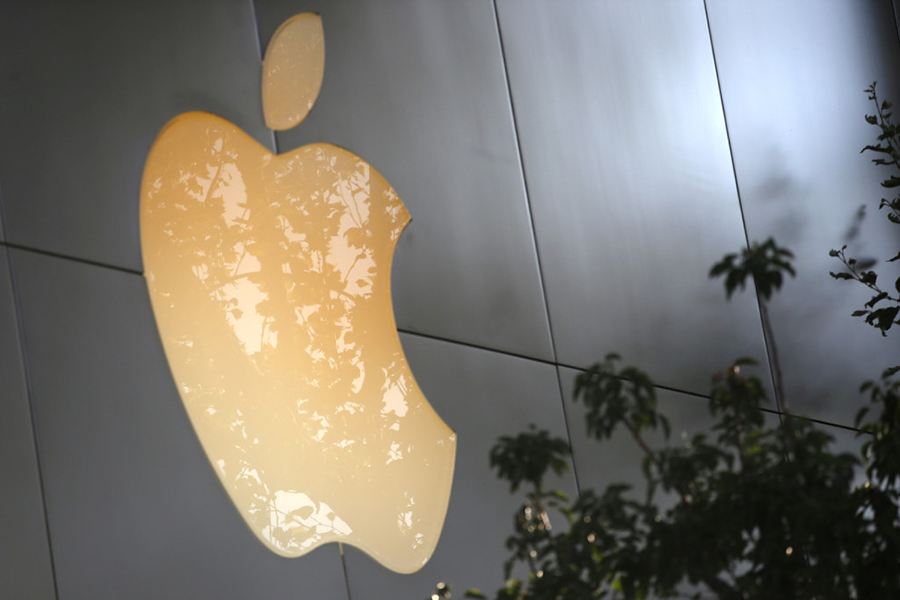Will a cheaper iPad do much to boost tablet sales?
Loading...
With all the usual fanfare and glamour of a launch, Apple on Tuesday released a new iPad, hoping to make its popular tablets “even more affordable,” the company said in a statement.
The new 9.7-inch tablet, simply named “the iPad,” comes with largely the same specs as that of its recently dropped model iPad Air 2. The new iPad has the same display size, but is sold at the significantly lower starting price of $329. The new product is not the first time that Apple has refreshed its popular design with hardware updates and offered it at a lower price. Observers are skeptical that the strategy will have a notable impact in terms of reversing Apple’s long-term declining sales of iPads.
“New customers and anyone looking to upgrade will love this new iPad for use at home, in school, and for work, with its gorgeous Retina display, our powerful A9 chip, and access to the more than 1.3 million apps designed specifically for it,” Philip Schiller, Apple’s senior vice president of Worldwide Marketing, said in a statement.
Other Apple updates announced on Tuesday include a new color for the iPhone 7 and 7 Plus, and new storage options of 32 GB and 128 GB for the iPhone SE. The company also introduced a new app for making social videos, called “Clips.”
With three storage options and three color choices (unfortunately, the trendy shade of rose gold is not one of them), the new tablet is a slight step down from the iPad Pro in the same size, which features a 12-megapixel camera and a faster processing chip.
Although the new model boasts many similar features to the Air 2, including 10 hours of battery life, Apple hopes its starting price of $329, which Apple said is “its most affordable price ever” for a tablet product, could spark new interest and drive up sales. Previous models had starter prices of $399.
The announcement came as Apple reported sluggish first quarter sales of iPads, ending on Dec. 31. While Apple overall posted an all-time record quarterly revenue of $78.4 billion – thanks to sales of other products, including iPhones and Macintosh computers, over the holiday period – iPad sales dropped 19 percent in units and 22 percent in revenue from the year-ago quarter.
But Apple chief executive officer Tim Cook continues to insist that he is bullish on the iPad. "We have some exciting things coming on iPad, I feel very optimistic about where we can take the product,” Mr. Cook said during the company's quarterly conference call in January.
Within the 13.3 million iPads sold in the first quarter, Cook said the company saw double-digit growth in mainland China and India, which analysts said could be the future for Apple, as The Christian Science Monitor noted in January 2016.
Apple currently dominates the tablet market with an approximate 21 percent market share, according to Strategy Analytics, with Samsung as the runner-up with 13 percent.
However, iPad unit sales have been falling on a trailing-12-month basis since the second quarter of 2014, and investment writer Daniel Sparks argues that new iPads will not be enough to reinvigorate sales.
“So investors shouldn't expect possible new iPads to suddenly reverse this trend,” he wrote in a piece on The Motley Fool. “Given that Apple already possesses sizable market share in tablet sales in many of its markets, the company needs to keep its iPads fresh to remain competitive.”








